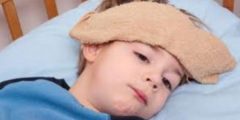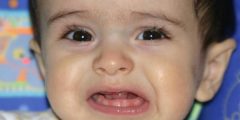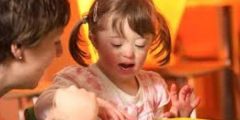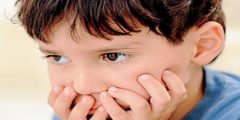Abu Saffar symptoms for children
The symptoms of jaundice, yellowing of the skin, yellowness, or jaundice in children can be explained in some detail as follows:
Common symptoms
The first early symptom that appears in a child with jaundice is yellowing, as previously explained. The jaundice usually begins in the tissue lining the mouth and other mucous membranes, and then appears in the eyes and nails. This means that the yellowing of these parts may even precede the yellowing of the skin. It is worth noting that if The bilirubin level was slightly high, and the yolk was limited to the eyes and not the skin. When the condition becomes severe, the yolk begins to appear in the skin. Other symptoms that may accompany jaundice, which are common as well: the color of the stool changes to become lighter than normal, and the color of the urine changes to become lighter. Darker, itchy skin.
Other symptoms
As for other symptoms that may accompany the problem of jaundice, it really depends on the underlying cause of the condition, and the symptoms that are likely to appear in children are the following:
- Flu-like symptoms in terms of temperature rising to the point of fever, feeling of pain in the joints, and others.
- Feeling nauseous, vomiting, and sudden loss of appetite.
- Feeling a sour or bitter taste in the mouth.
- headache;
- confusion.
- Swelling in the legs and abdomen.
- Feeling pain in the upper abdomen on the right side.
- Fatigue and a feeling of the body losing energy.
Read also:Treatment for colds in children
Symptoms that require medical intervention
Symptoms that require seeing a doctor
It is necessary to consult a doctor immediately or at least contact him if any of the following appears in the child:
- The skin color changes to become very yellow to orange, especially if the condition extends to the arms or lower part of the body.
- The child does not eat his food as required, and if he is an infant, this is represented by his abstention from natural or artificial feeding, regardless of what he depends on.
- Drowsiness beyond usual.
- Signs of dehydration appear, including: the absence of tears, and darkening of the color of urine.
- Weakness and lethargy.
- irritability;
- Losing or not gaining weight.
Symptoms that require immediate medical intervention
It is necessary to take the child to the emergency room immediately in the following cases:
Read also:Stages of tooth development in children- Neck or body arched backward.
- Having difficulty waking the child.
- The child does not stop crying or cries abnormally.
- The child moves his eyes strangely.









